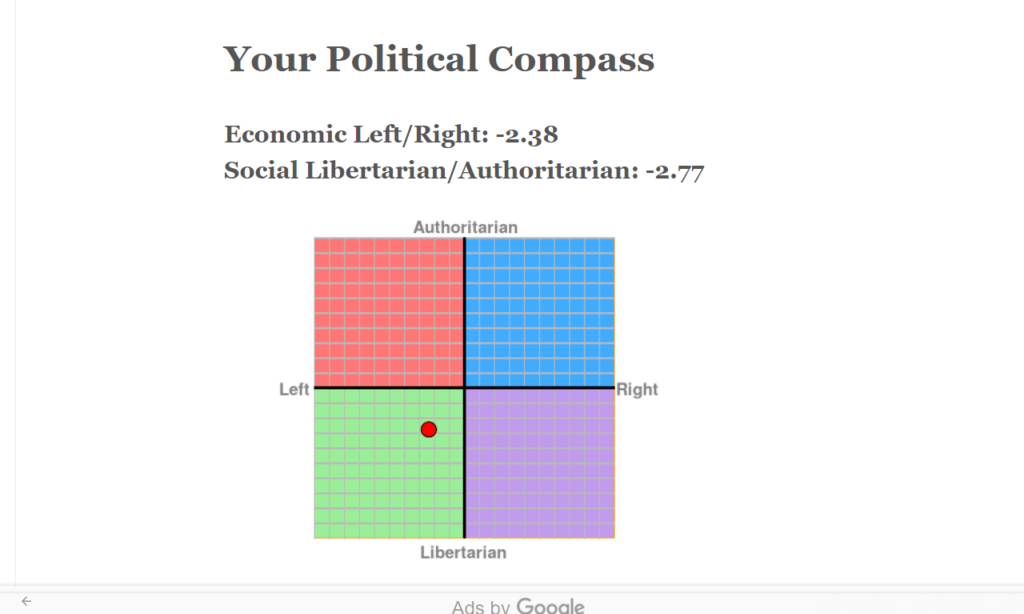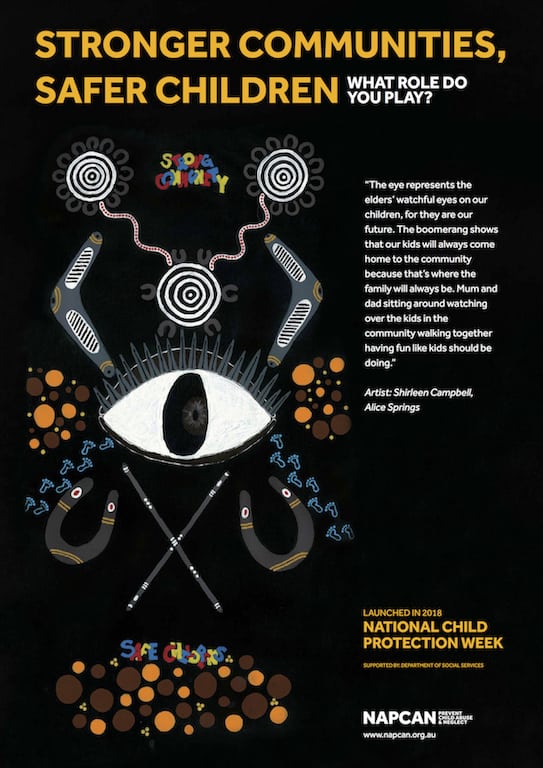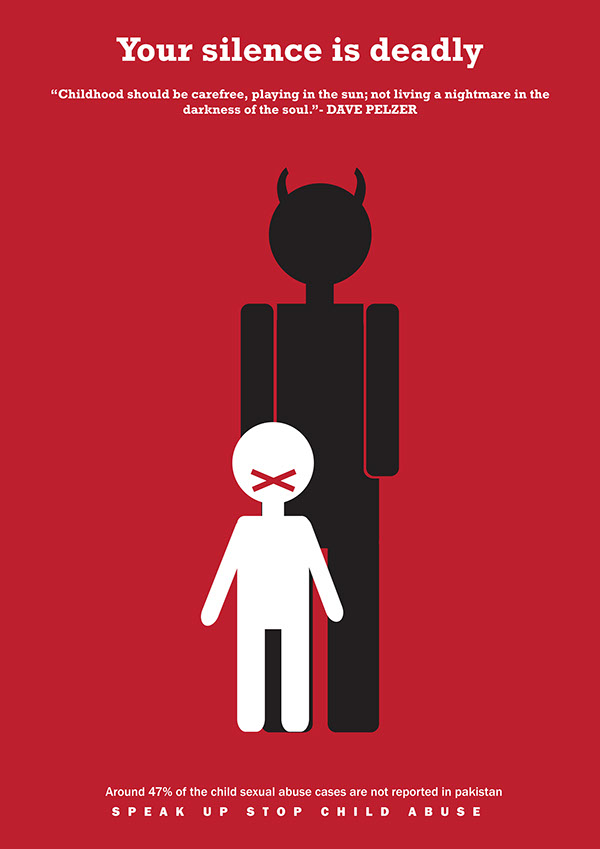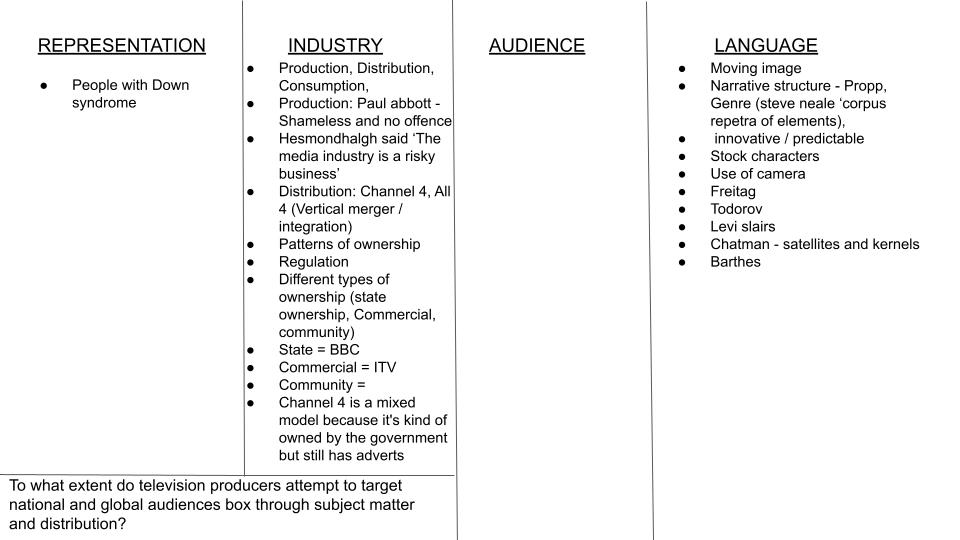
campeign poster 1



I intend to make a campaign about protecting young children / teenagers on the internet and awareness of child exploitation that happens online making them vulnerable on it. I will be creating 3 posters all A4 and can also be accessible online as an advert. The target audience for this campaign can be for everyone but its mainly for parent who are worried about their children using social media or the internet, also the campaign spreads awareness to those young children / teenagers before its to late.
For my first poster I will use photoshop to design it. On the poster it will include a cartoon computer and on the screen is a dark figure with red eyes making it look evil. The background will be a dark bedroom with a chair and desk with the computer on top of it, and a young girl / boys head will be facing the computer. The Fonts will be big and bold using the colours red and white. The Text will say “Would you let your child chat to a monster?” implying the monster is the stranger online.
For my second poster I will
some examples:



Constance Mary Whitehouse was an English teacher and conservative activist. She campaigned against social liberalism and the mainstream British media, both of which she accused of encouraging a more permissive society. She was the founder and first president of the National Viewers’ and Listeners’ Association, through which she led a longstanding campaign against the BBC. A hardline social conservative, she was disparagingly termed a reactionary by her socially liberal opponents. Her motivation derived from her traditional Christian beliefs. She was Christian fundamentalist who spoke against child exploitation
The Mary Whitehouse story documentary was banned because it exposed footage of the members of the P.I.E and shocked viewers
| key question | focus | Specifics |
| Why Regulate? | protection of vulnerable people morals, ethics, relative / subjective ‘good’ behaviour health and safety good working practices (eg equal pay, job security etc) Ownership (to avoid monopolies, increase choice, diversity, competition) privacy criminal activity libel slander defamation of character reputational damage specific particular political opinions | Rooney v Vardy Depp v Heard Life of Brain Activision Blizzard’s $18m settlement over sexual harassment suit Elon Musk purchase of Twitter |
| What gets regulated? | Films Adverts Television Music Video Games The Internet Books Newspapers Radio The News Magazines Cartoons / animations music videos | |
| How will regulation be put in place? | copyright rating system | |
| Who regulates what? | Government BBFC (cinema) Ofcom (broadcasting, Radio and TV) IPSO (newspapers, magazines) MCPS (music) PRS (music, songwriters, composers ) PEGI (games) Individuals |
libertarian definition: Libertarians seek to maximize autonomy and political freedom, and minimize the state’s violation of individual liberties; emphasizing free association, freedom of choice, individualism and voluntary association.
authorization definition: Authorization is the function of specifying access rights/privileges to resources, which is related to general information security and computer security, and to access control in particular.
The Frankfurt school: Group of researchers associated with the Institute for Social Research in Frankfurt am Main, Germany, who applied Marxism to a radical interdisciplinary social theory. The Institute for Social Research was founded by Carl Grünberg in 1923 as an adjunct of the University of Frankfurt; it was the first Marxist-oriented research centre affiliated with a major German university. Max Horkheimer took over as director in 1930 and recruited many talented theorists, including T.W. Adorno, Erich Fromm, Herbert Marcuse, and Walter Benjamin.
The members of the Frankfurt School tried to develop a theory of society that was based on Marxism and Hegelian philosophy but which also utilized the insights of psychoanalysis, sociology, existential philosophy, and other disciplines. They used basic Marxist concepts to analyze the social relations within capitalist economic systems. This approach, which became known as “critical theory,” yielded influential critiques of large corporations and monopolies, the role of technology, the industrialization of culture, and the decline of the individual within capitalist society. Fascism and authoritarianism were also prominent subjects of study. Much of this research was published in the institute’s journal.






TV Purposes
Katz, Gurevitch & Haas (1973)
A) Personal needs
B) Social needs
Capitalist media: Corporations content that addresses humans in various social roles and results in meaning-making
Public service media: State-related institutions, content that addresses humans in various social roles and results in meaning – making
Civil society media: Citizen – control, content that addresses humans in various social roles and result in meaning – making
It can be therefore difficult for public and civil society to exist in capitalism.
WHO ———–> SENDER
SAYS WHAT ————> MESSAGE
CHANNEL —————————> MEDIUM
TO WHOM ————————————-> RECIEVER
WITH WHAT EFFECT ————————————–> FEEDBACK
Cultural industries – The media industry is a risky business
media businesses are reliant upon changing audience tastes continuously adapt making it incredibly difficult to produce material that guarantees satisfaction
products need the oxygen of publicity if they are to thrive , but controlling the messages delivered by reviewers or publicity partners of other companies is very difficult – even if such organisations are owned by the same parent company as the producer
media products have limited consumption capacity, unlike other businesses, films, television and music-based products to be consumed as ‘one off’ purchases. the ‘one off’ nature of production means that the huge sums of cash invested to create media products results in a one-time reward
Horizontal integration: acquiring media companies that operate in similar sectors enables large-scale institutions to achieve scale- based cost savings , while also allowing them to maximise profits by positioning brands so they don’t compete with one other
vertical integration
The difference between the culture industries and industries is that other industries are important for day to day life whilst creative industries are made for entertainment purposes.
Both industries make profit
“A pivotal role in organizing the images and discourses through which people make sense of the world.”
The benefit of transnational media corporations is that it can be accessible around the world and can get more viewers and money, it can be more diverse in programmes.
what is it?
Television and radio programmes that are broadcast to provide information, advice or entertainment to the public without trying to make a profit
Why is public television important?
Research shows that people exposed to news on public television are better-informed than those exposed to news on private TV
informed, educate and entertainment
The government want to get rid of BBC
curran and seaton argue that the prohibitive costs and risks associated with the production of media products has resulted in the organisation of media companies into verically and hor

NO OFFENCE
A group of police officers try their best to keep the streets of Manchester free of crime. When all else fails, they decide to use unconventional methods to teach the perpetrators a lesson.

THE KILLING
